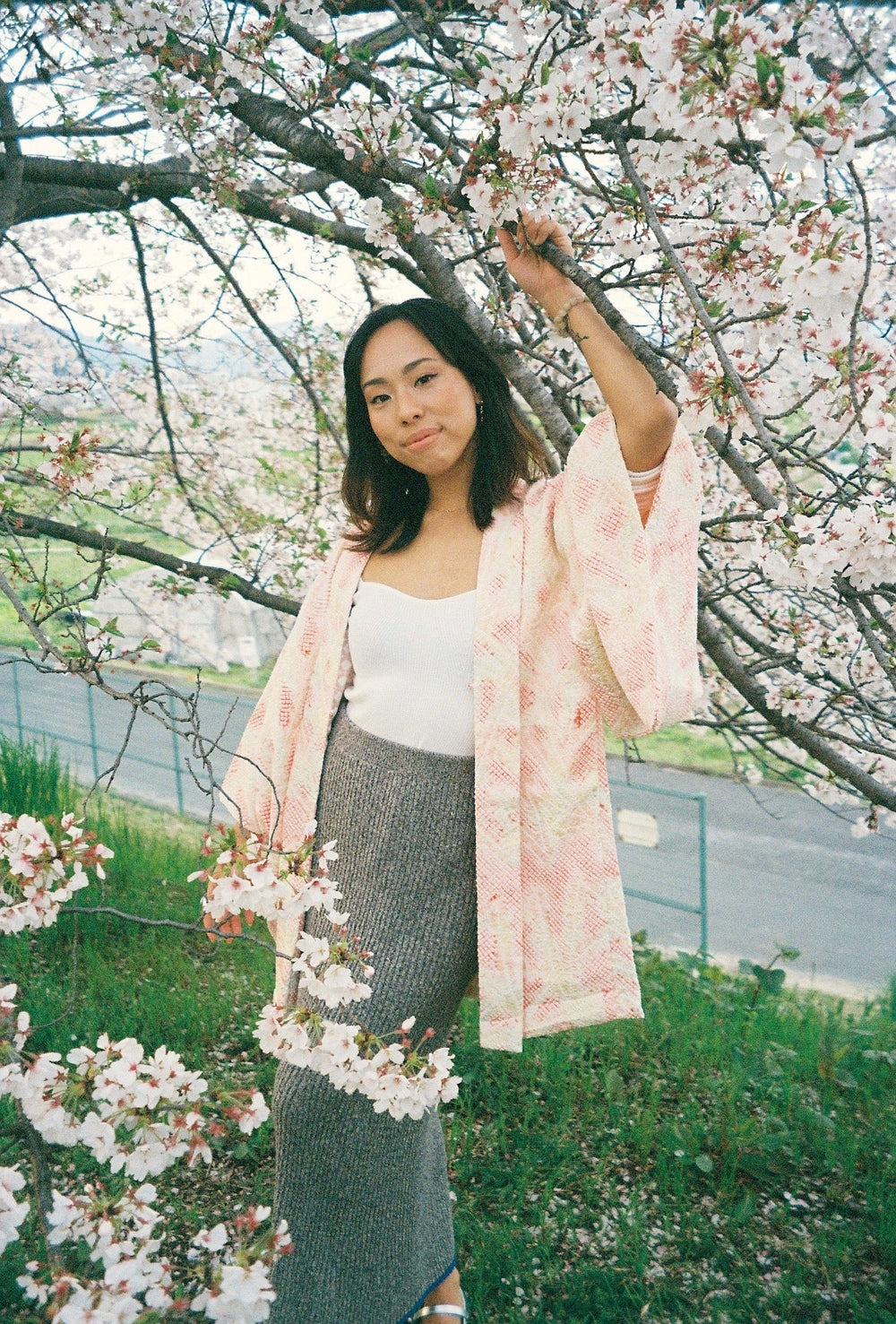About our kimonos
Each item from Aira Kimono is handpicked by Micha, who sources the pieces from small local businesses in Japan.
Recently, Micha returned to Brazil and brought with her the mission of presenting the beauty and history of each piece she selects through conscious fashion, connecting the past to the present in a way that respects tradition and opens doors to new possibilities.
Aira Kimono brings exclusive and special pieces from Japan to Brazil, with a modern and joyful approach, enabling these works of art to be worn and admired by more and more people.

Kimono
The word Kimono in Japanese is a combination of 着: “ki”, and 物: “mono”, simply meaning “thing to wear”. It is not uncommon for a single kimono to take months, or even years, to complete.
By 1615 in Japan, kimonos were the daily outfit for everyone, regardless of gender or social status. I always imagine that it must have been so incredible to see all the outfits in the streets of Japan during that time. Later, in the mid-17th century, Japan started exporting pieces to Europe, where they would have a major impact on fashion with transformations we still see today.
Did you know that in Japan, thousands of tonnes of kimonos are discarded each year? Nowadays, with the rise of disposable fashion and the decline of traditional craftsmanship, the interest in wearing kimono is declining. When I lived in Japan, it was so rare to see new generations wearing kimono. I want to give these kimonos a new life, a new chance so that this tradition lives and adapts to our new world.
At Aira Kimono, each piece carries its own story, and from now on it can create new memories with you.
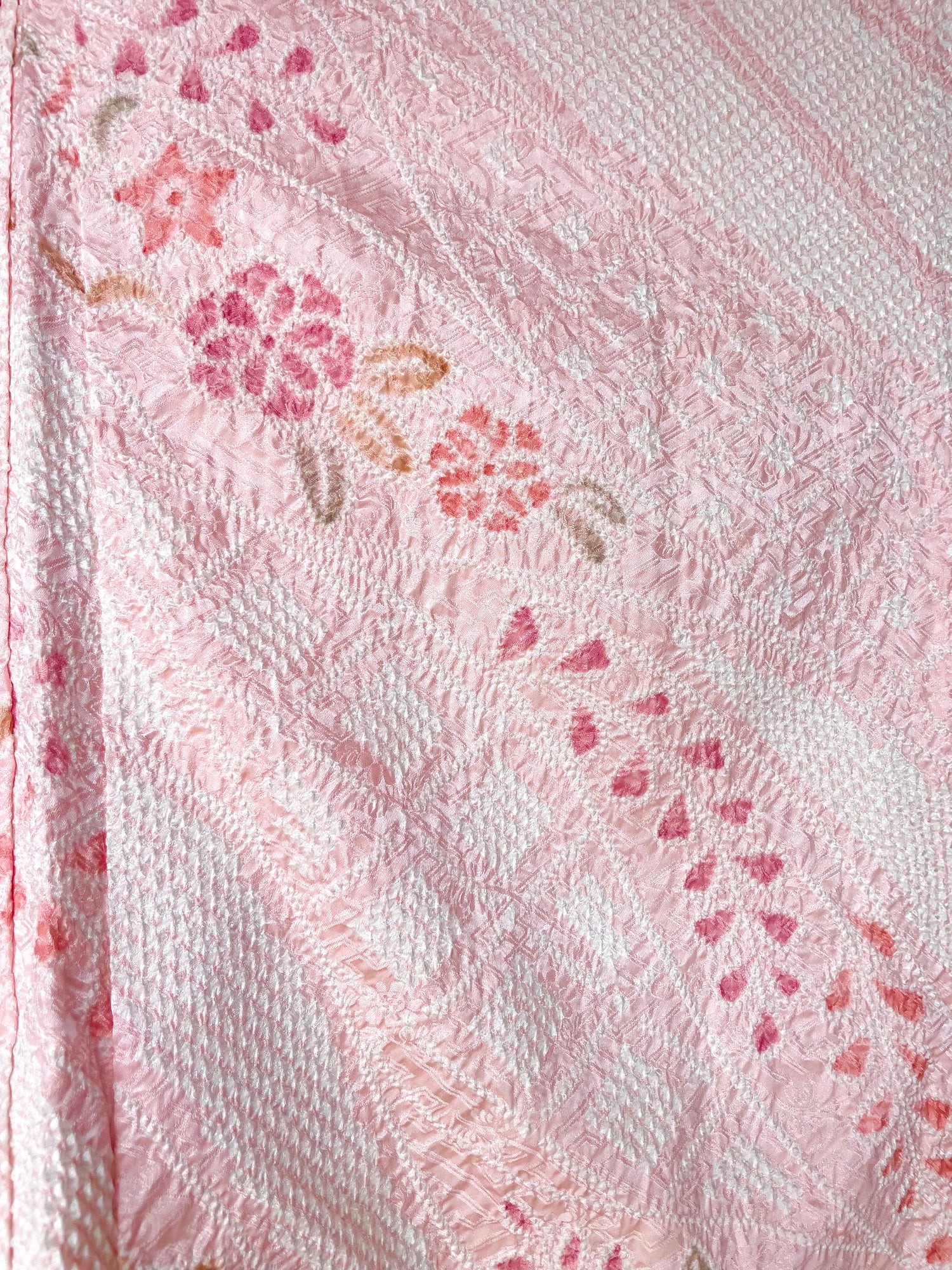
Shibori
One of my favorite antique techniques! The word Shibori came from “shiboru”, a verb in Japanese meaning “to squeeze/ to press.” In Japan, the earliest known example of cloth dyed with a shibori technique dates from the 8th century. Shibori is a dyeing technique that creates intricate patterns on the fabric by folding, twisting, or binding it before submerging it in ink. By preventing the dye from reaching certain parts of the silk, each result is a unique piece and the process is mainly done by hand!
Shibori produces beautiful, organic designs that add depth and character to each kimono. One of my favorite artists is Itchiku Kubota. He made breathtaking kimonos using the shibori technique.
the magic of shibori
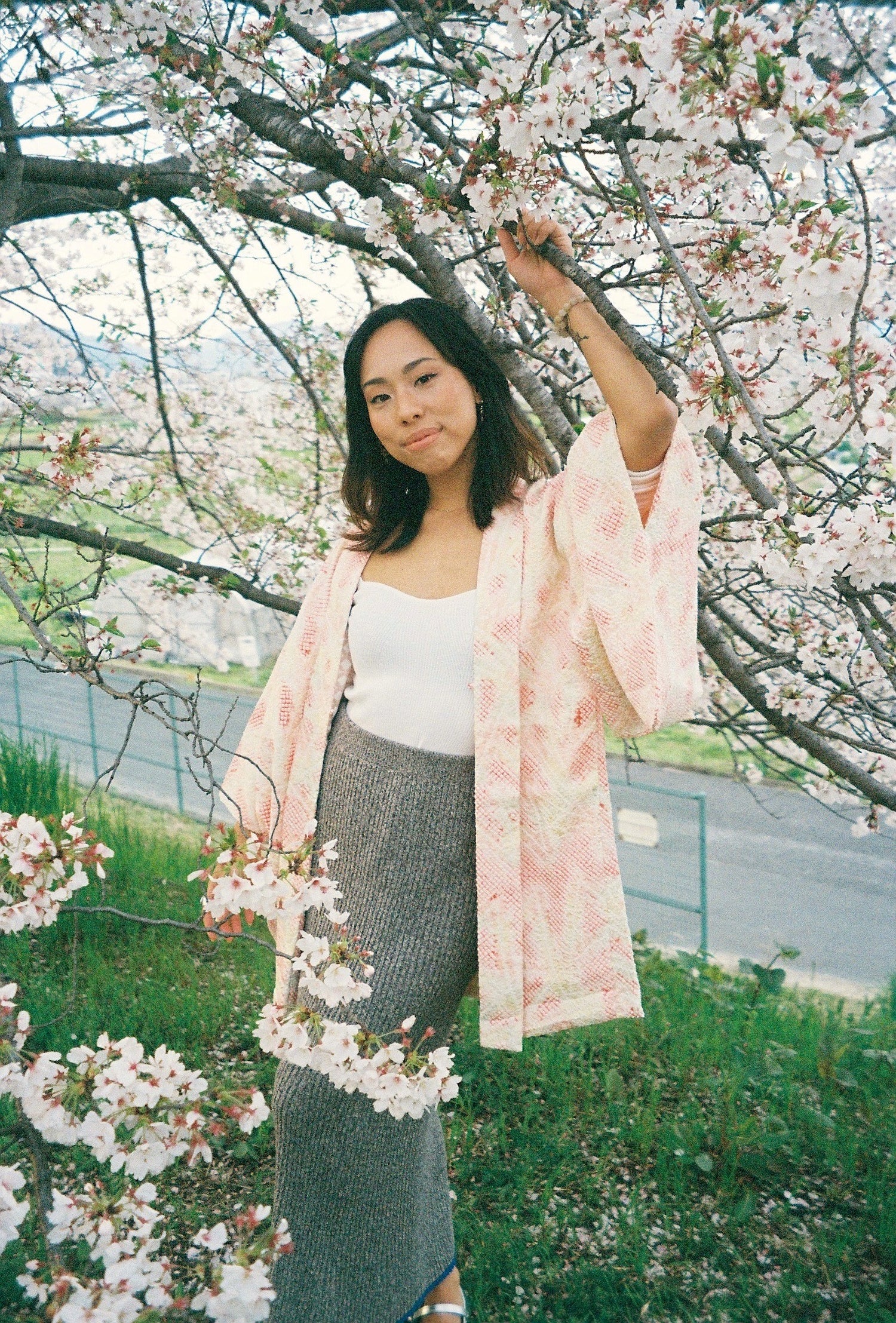
Haori
Haori is like a kimono jacket, traditionally worn over a kimono, but I believe it works just as beautifully with modern outfits. Haoris were originally meant as an extra layer to keep you warm when wearing kimono, but over time, they became more about style and flair.
They have impressive motives, techniques, patterns, and also intricate designs on the interior! I love the hidden pieces of art on the inside, that maybe only you will know about!
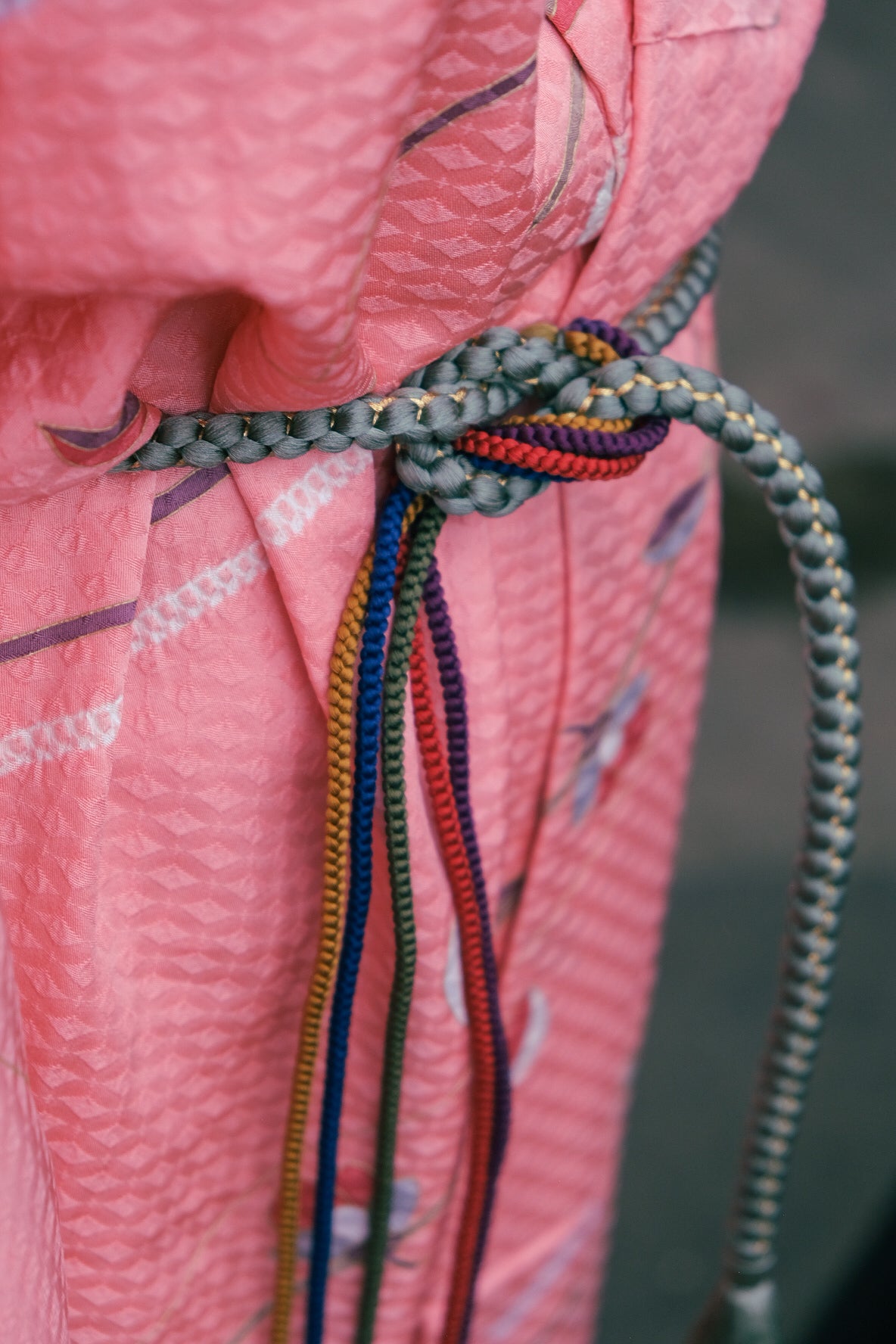
Himo (also called obijime)
Obijime is a decorative cord used to tie and secure the obi (the wide belt worn around the kimono), adding that final pop of color and style.
What’s so fun about our himo is that they come in all sorts of colors, textures, and designs, so you can mix and match them to create the perfect finishing touch for your outfit. Even though it’s a small detail, it really pulls everything together, making your kimono look extra polished and personal!
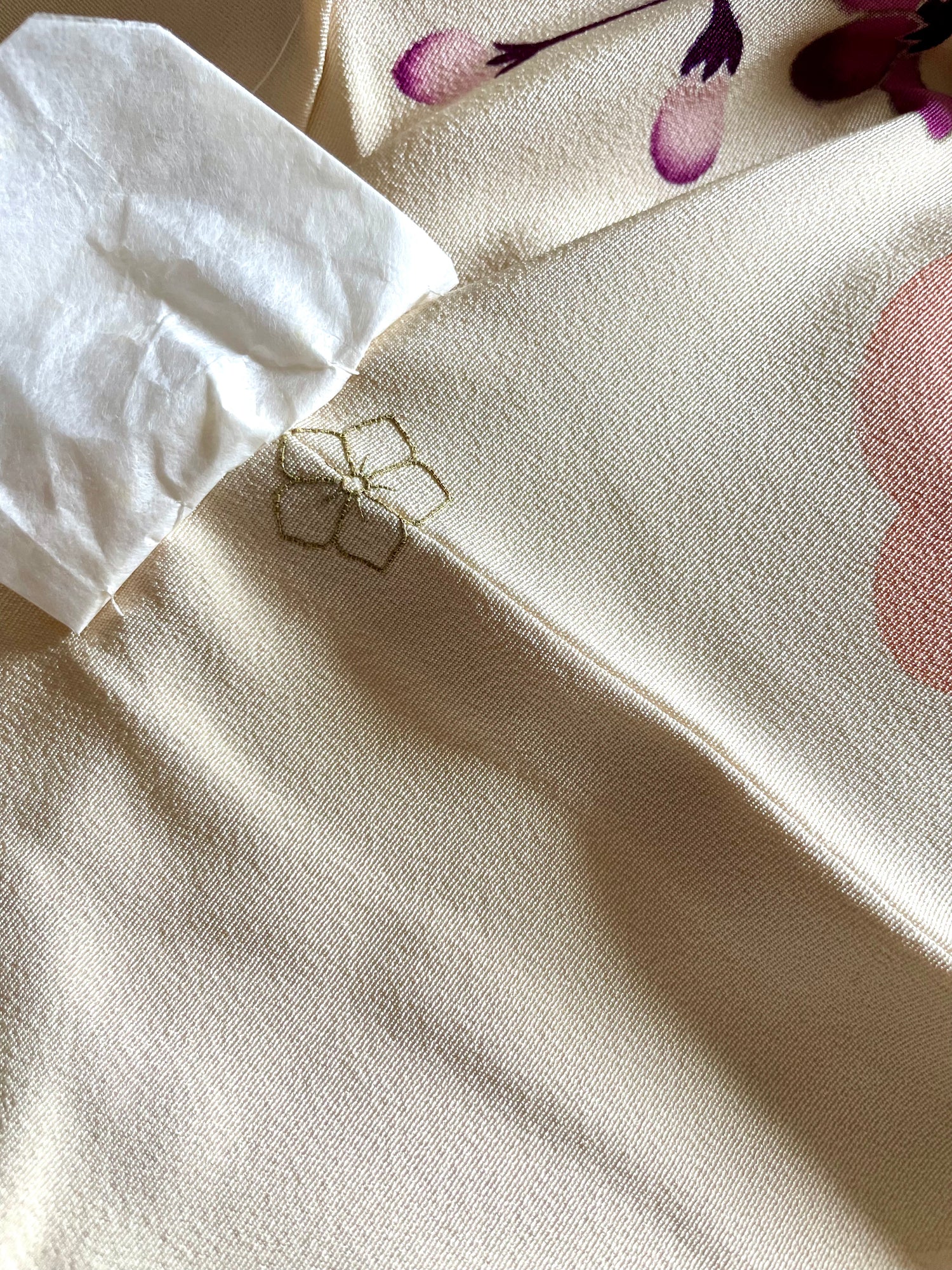
Kamon - family crest
Kamon is the family insignia. Each one is unique to a specific family, passed down through generations. They're often simple yet elegant designs, inspired by nature, animals, shapes, or even historical events.
Kimonos with family crests were worn on special occasions, like weddings, festivals, or important ceremonies. It was a way to show off your heritage and social status. Plus, it added a touch of elegance and sophistication to the outfit.
Our symbol is the kikyou flower (balloon flower), which used to be the family crest used by the women in my family in Japan. My great-grandmother wore kimonos daily, and owned over a hundred of them! My grandmother still treasures one piece from that collection, which has the kikkyou flower crest on the back.
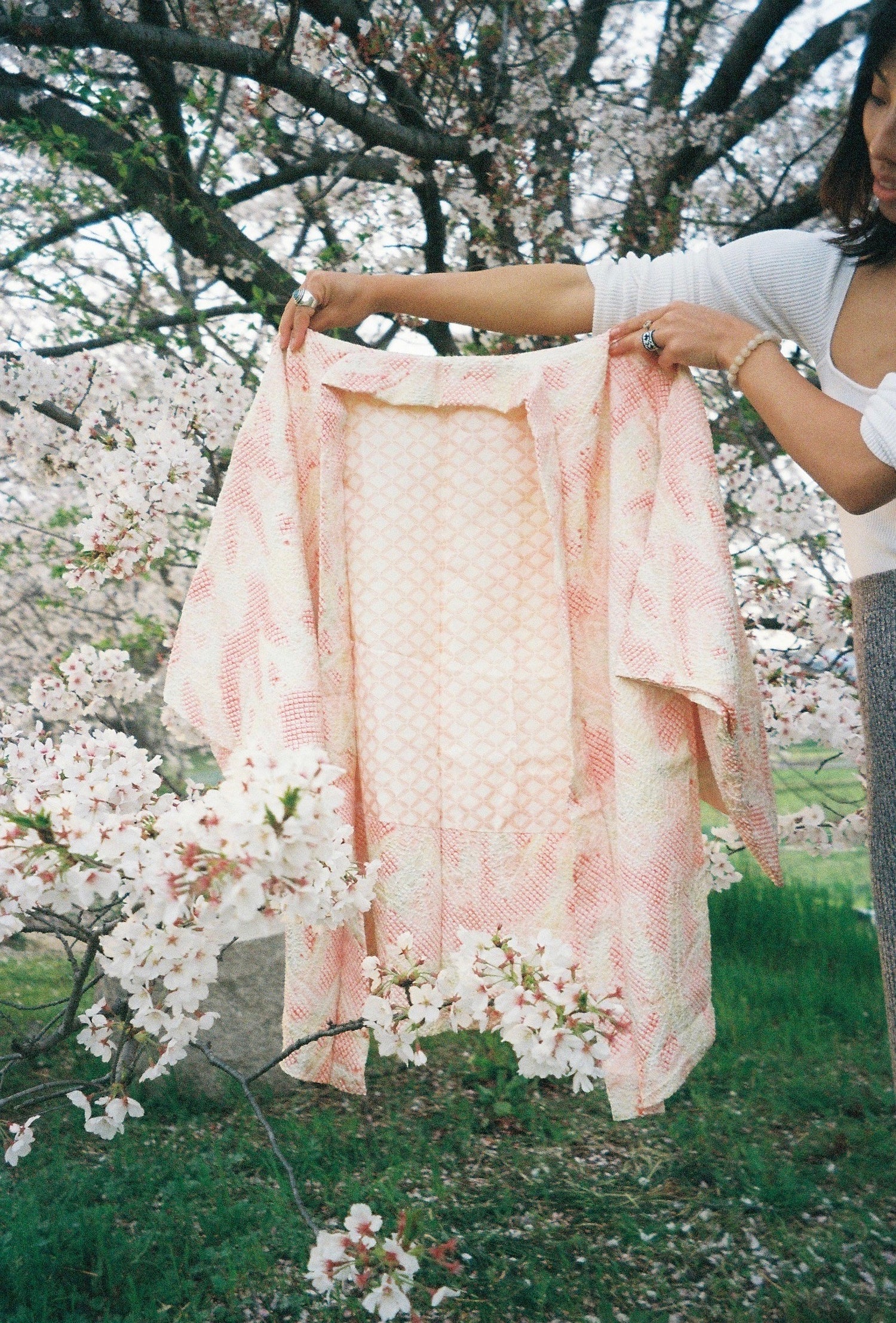
Tips for taking care of your kimono
- Please dry clean only and if your kimono is made of layers, avoid getting it wet;
- Hang it in a dry, shaded space to air it out after wearing;
- For extra care, keep it stored in a dry space and covered in breathable fabric;
- Wear your beautiful unique kimono with love and care. It’s a special piece of Japan!
giving kimonos a new life

from Japan

giving kimonos a new life

from Japan

giving kimonos a new life

from Japan

giving kimonos a new life

from Japan




